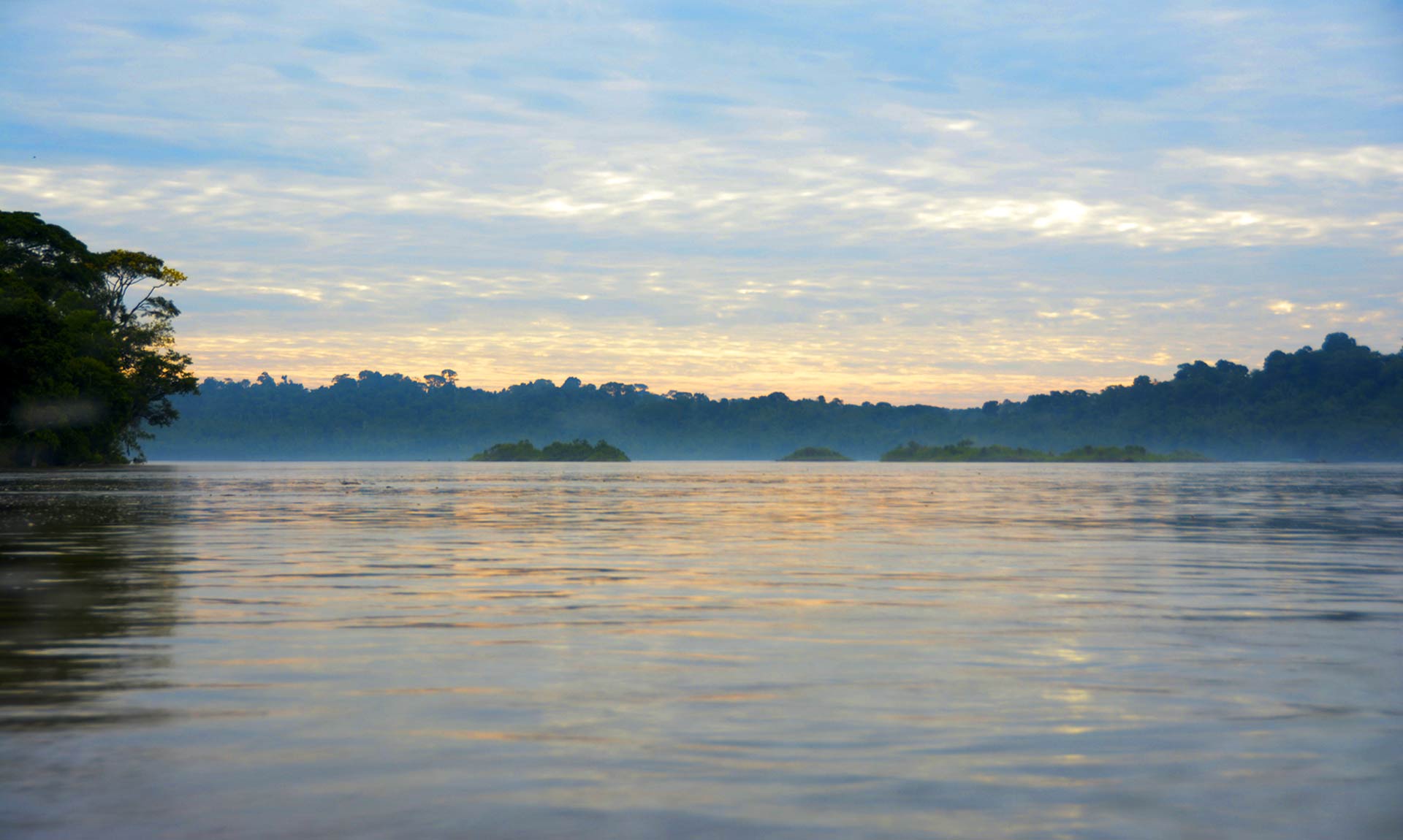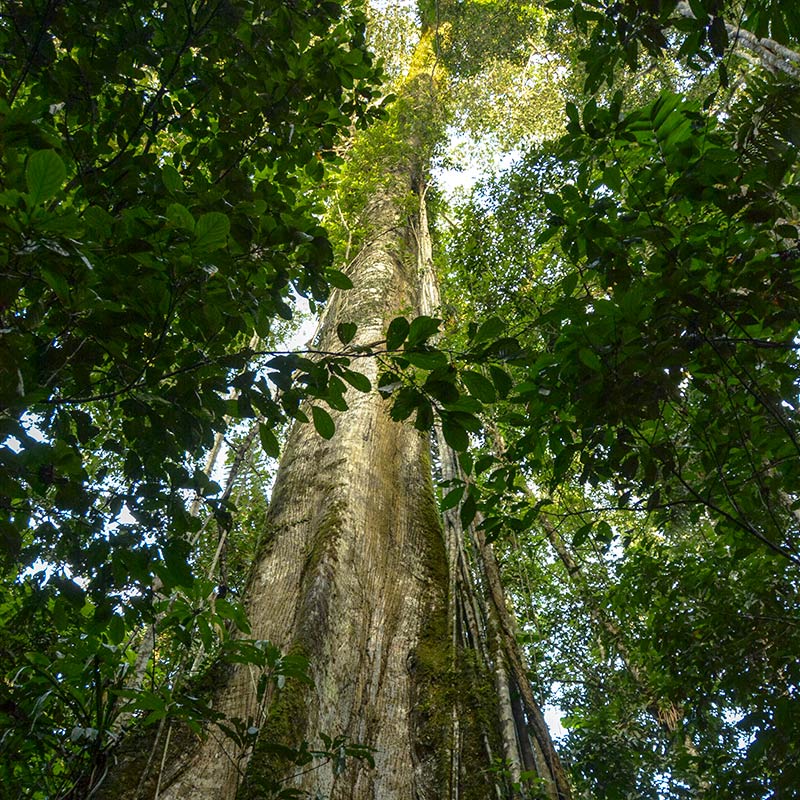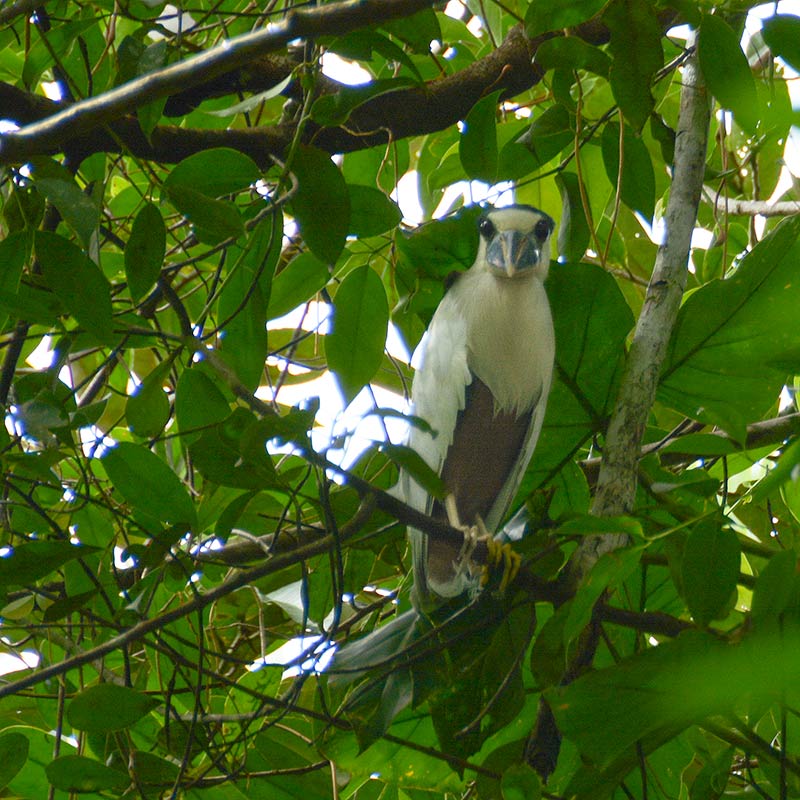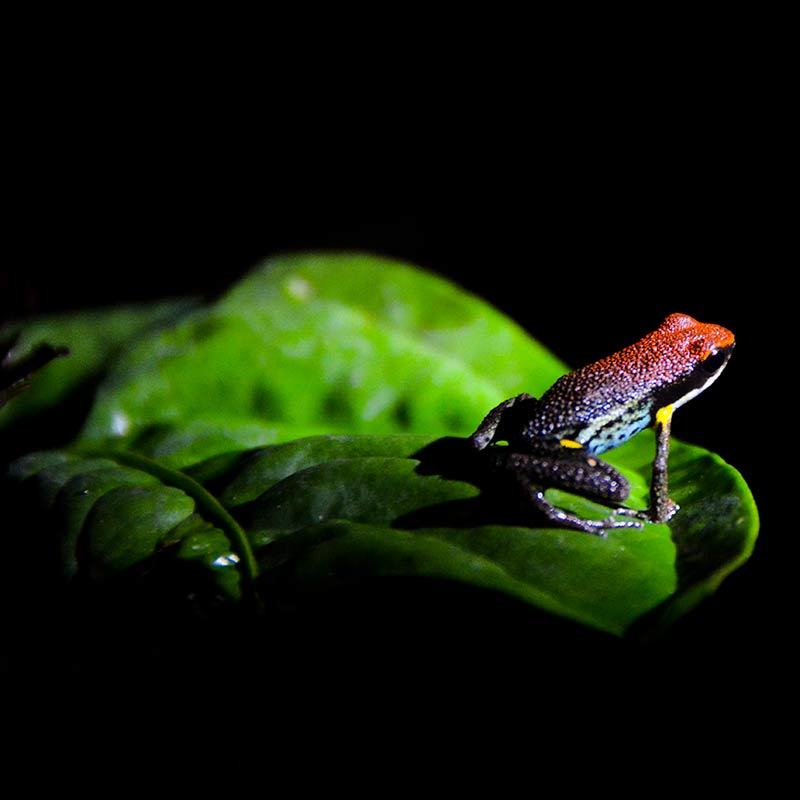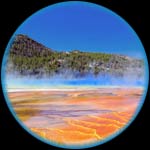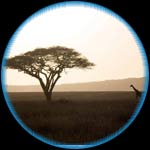SQUARE MILES

 LOCATED IN EASTERN ECUADOR, IT COVERS APPROXIMATELY THE SAME AREA AS THE BAHAMAS
LOCATED IN EASTERN ECUADOR, IT COVERS APPROXIMATELY THE SAME AREA AS THE BAHAMAS
 STRONGHOLDS FOR: IT IS ONE OF THE THE MOST BIOLOGICALLY DIVERSE AREAS ON EARTH, WITH COUNTLESS SPECIES OF MAMMALS, FISH, AMPHIBIANS, BATS, BIRDS, INSECTS, PLANTS AND TREES
STRONGHOLDS FOR: IT IS ONE OF THE THE MOST BIOLOGICALLY DIVERSE AREAS ON EARTH, WITH COUNTLESS SPECIES OF MAMMALS, FISH, AMPHIBIANS, BATS, BIRDS, INSECTS, PLANTS AND TREES
 IN 2007, THE YASUNI-ITT INITIATIVE WAS ENACTED TO PROTECT YASUNI NATIONAL PARK. IT WAS DISSOLVED IN 2013
IN 2007, THE YASUNI-ITT INITIATIVE WAS ENACTED TO PROTECT YASUNI NATIONAL PARK. IT WAS DISSOLVED IN 2013
YASUNI FACTS

Yasuni National Park is located in Ecuador’s Napo and Pastaza provinces, which border Peru. The park is the convergence point of three unique regions; the Equator, the Andes Mountains and the Amazon Rainforest. Some think that this unique placement, coupled with its stable temperature and the amount of rainfall it receives, is responsible for its immense biodiversity. Millions of species of mammals, fish, amphibians, bats, birds, insects, plants and trees can be found in Yasuni National Park. Due to this vast biodiversity, only a small percentage of the park has been studied. Other wildlife includes, Jaguars, Caimans, Toucans, Macaws, Monkeys, Turtles, Marmosets, Anacondas and Piranha.
Many native people, such as the Huaorani, use the river-ways in the park as their primary mode of transportation. Several rivers and tributaries, in the park, lead to the Amazon River.
Yasuni National Park has one of the greatest plant diversities in the world. On average, over 4,000 different plant species exist in an area of approximately 3,800 square miles. 220–720 different tree and plant species, found in the park, exist no where else on Earth. Yasuni National Park holds three world records for diversity in woody plant species and at least four world records for tree and liana richness. Liana is a climbing plant that hangs from trees, notably in tropical rainforests.
YASUNI UNIQUE FEATURES
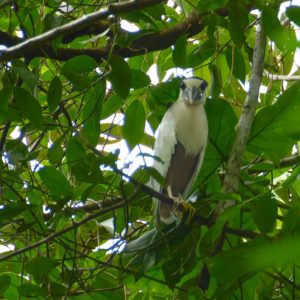
Bird Watcher’s Paradise
Because of its population of over 596 different bird species, Yasuni National Park has become a birdwatcher’s paradise. The park contains nearly half of the total native bird species found in the Amazon. These species include Eagles, Hawks, Falcons, Macaws, Antwrens, Manakins, Thrushes, Hummingbirds and many other species. Some of these are predators and some are pollinators, vital to the survival of plant-life in the park.
YASUNI THREATS
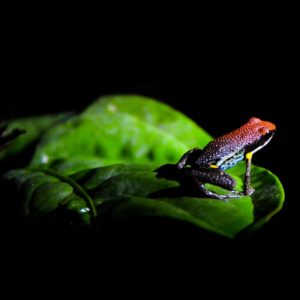
Oil exploration, illegal logging and deforestation have been responsible for considerable damage to the ecosystem. As a result, there has been a severely negative impact on all species and indigenous people in Yasuni National Park.
The act of oil exploration and drilling will not only reduce the habitat by eliminating rainforests. Drilling can also release carbon dioxide into the air. Drilling for oil reserves in Yasuni National Park will introduce an estimated 400 million metric tons of carbon dioxide into the ecosystem. Understanding this, in 2007, the Yasuni-ITT Initiative was enacted to protect Yasuni National Park from oil exploration and drilling. By 2009 pledges of $1.7 billion were made from concerned supporters around the world. These pledges were made to offset the revenue that might have been generated by Ecuador through oil exploration and drilling. But, according to Ecuador’s president, by 2013, only $13.3 million, of the $1.7 billion, had actually been delivered to Ecuador. As a result, the president felt that it was unfair for Ecuador to lose out on financial gain to protect the environment and dissolved the Yasuni-ITT Initiative. Oil exploration and drilling have resumed since 2013.
Illegal logging is a $100 billion industry. It is estimated that 80 percent of logging is illegal. It is so prevalent that it’s likely that something in your home has been made from illegally obtained wood. When loggers illegally obtain wood from protected areas, they mix it with legally obtained wood. This makes it impossible for officials to tell the difference. The process of logging for higher value wood, such as rosewood and other exotic species, not only entails cutting down those trees. All trees in the area are cut down at the same time. This leaves the area bare of forest, and uninhabitable for wildlife and indigenous humans. The longer illegal logging continues the larger the threat becomes.


